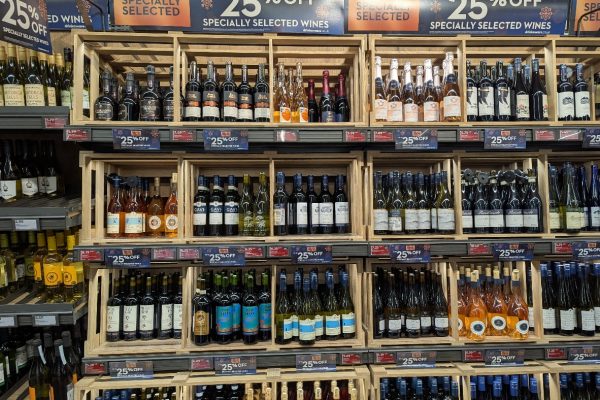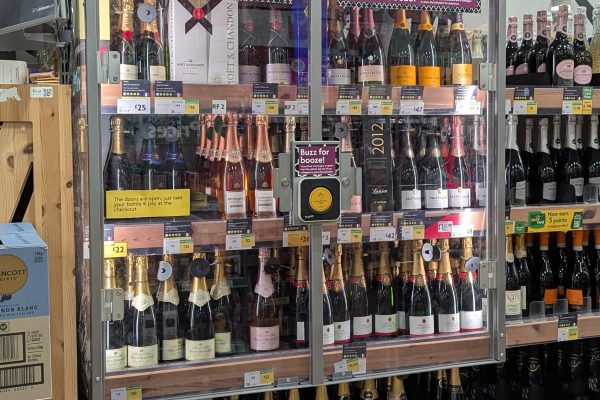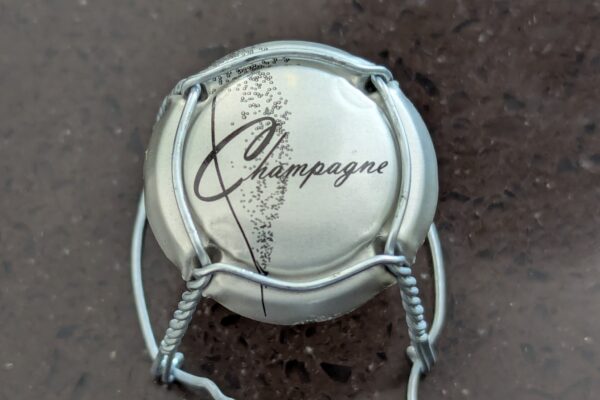
The European Union’s regulatory changes, under Regulation (EU) 2021/2117, are set to take effect on December 8th, 2023. These changes are bound to also affect the labels of wines in the UK that are sold both domestically and within the EU.
The EU regulations necessitate that wines sold in the European market declare comprehensive information on ingredients, allergens, nutrition, recycling, and responsible consumption. This information must be translated into 24 languages. Here’s a breakdown of the specific requirements:
- Allergens and Intolerances: These must be displayed on or physically attached to the product.
- Ingredients: Can optionally be disclosed via electronic means, such as with a QR code.
- Energy Information: Similar to calorie declaration in the U.S., this must be displayed on wine labels using the symbol “E” based on a 100ml serving.
- Label Information: The wine label must include the designation of category, intolerances and allergens, actual alcoholic strength by volume, indication of provenance, bottler details, importer information, sugar content for sparkling wine, date of minimum durability for de-alcoholised wine products with less than 10% alcohol, lot number and net quantity.
The primary challenge for wineries is the limitation of label space. The extensive information required on the label may lead to difficulties in design and layout. Moreover, the need for translation into 24 languages presents logistical challenges.
Wine that was “produced” before December 8, 2023, is exempt from these requirements and can continue to be sold in the EU until supplies are exhausted. The wine industry is currently interpreting “produced” as “completed fermentation in the barrel (or bottle)” However, an official definition has not been released, leading to some uncertainty.
There is growing concern that it may be impossible for winegrowers to adhere to this timetable, as it will require urgent adaptation to the new labelling requirements during a busy period in the vineyards. While these regulations may present significant challenges, they also represent a considerable step towards improving consumer transparency.













